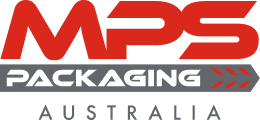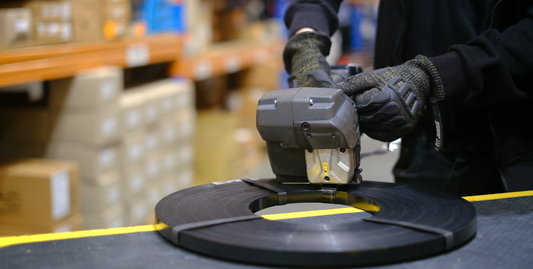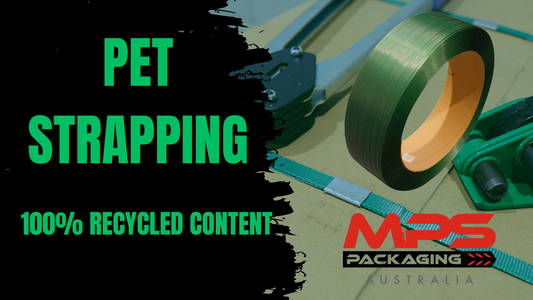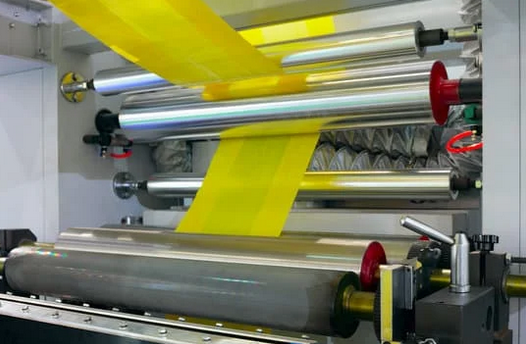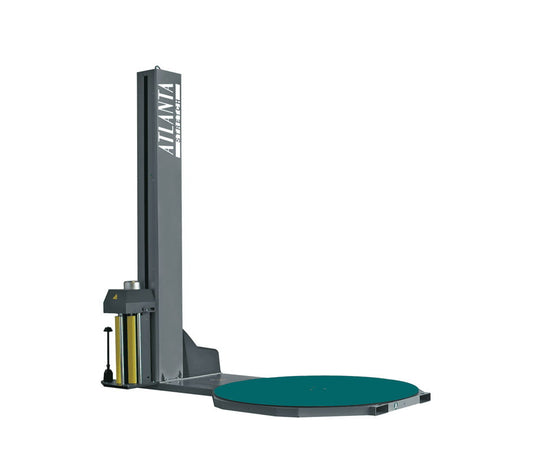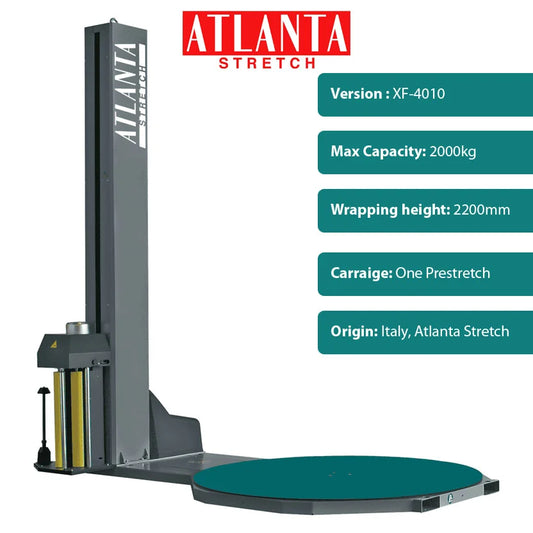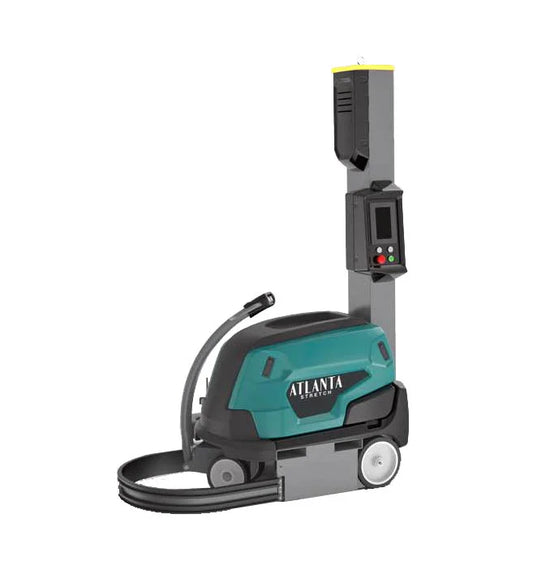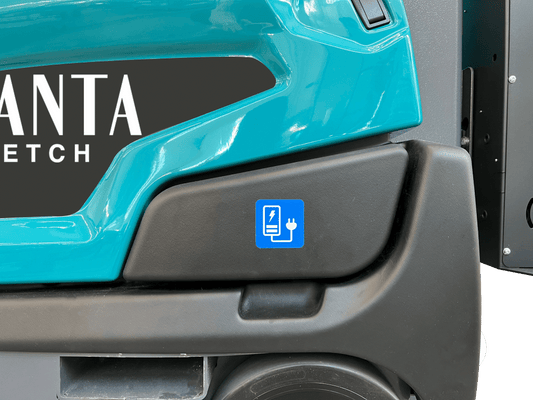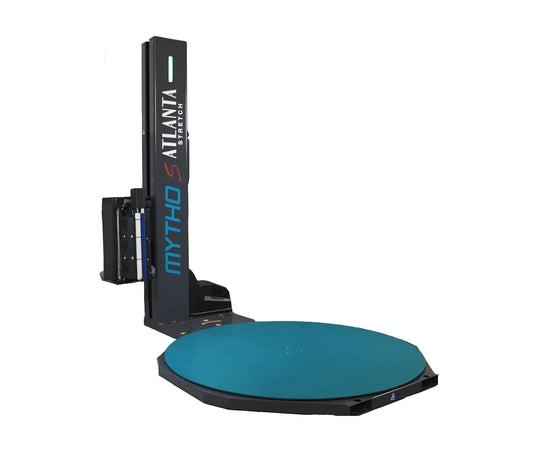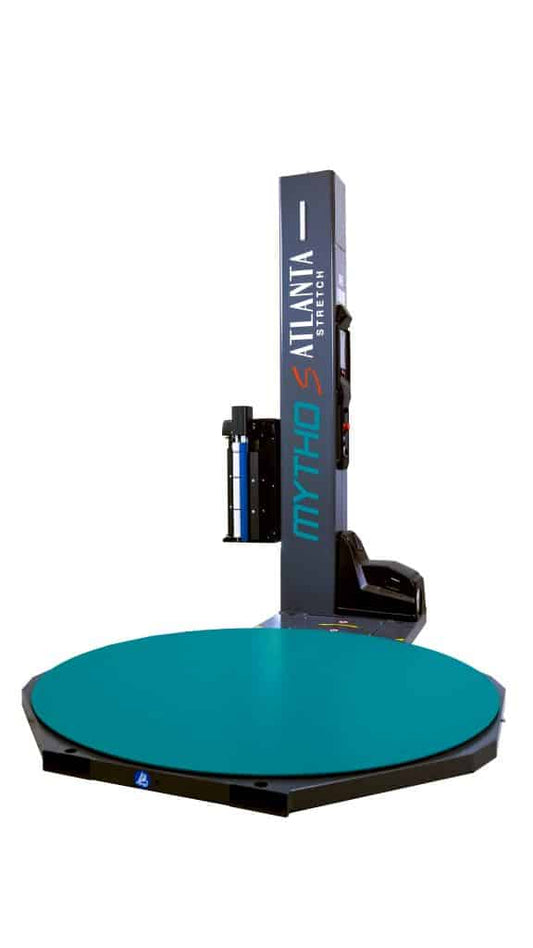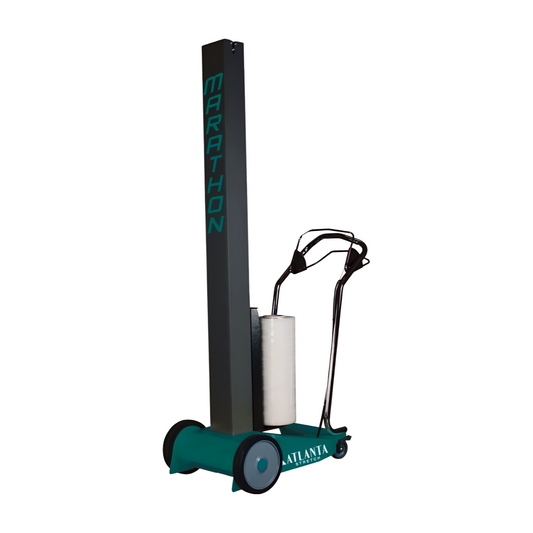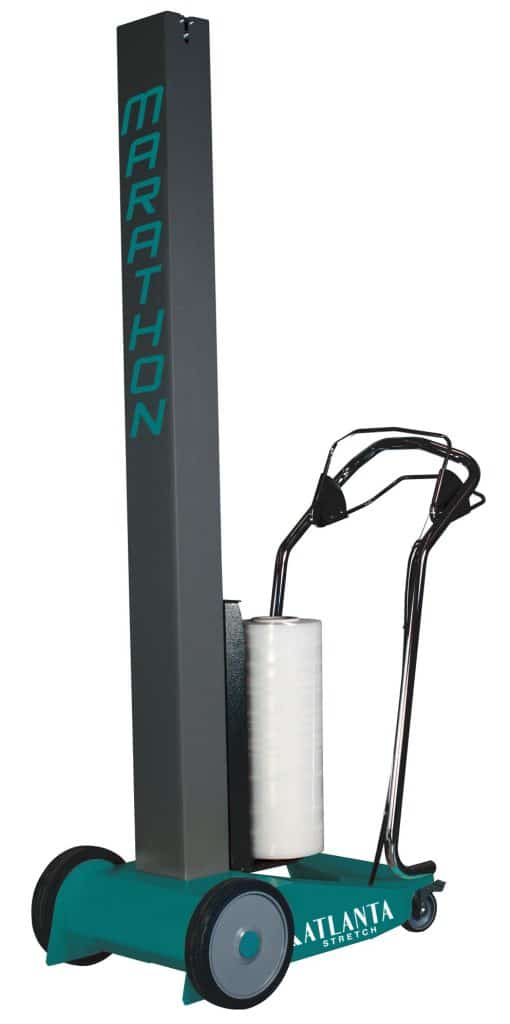We just recently brought across all our pneumatic tools from our old Melbourne Packaging Supplies website. So time for a new blog! Now, With so many pneumatic strapping tools to choose from, which one do you need? which one is right for you? We'll help you get some answers.
Know your application
The first step is understanding exactly what you’re strapping. Different products, shapes, and environments call for different tool and strap combinations. Knowing your application helps narrow down the options quickly, ensuring you select a pneumatic tool and strap type suited to your specific load and working conditions.
Size and weight of goods
Consider both the dimensions and total weight of your load when selecting strapping. The strap’s breaking strain must be strong enough to safely contain the goods — too light and it may fail under tension, too heavy and it can become difficult to handle or wasteful. Matching the strap strength to your load ensures secure and efficient strapping every time.
Getting technical:
Steel strapping Breaking strain
Breaking strain in steel strapping refers to the maximum amount of tension or force the strap can withstand before it physically breaks or fails. It’s a critical measurement that defines the strap’s strength and performance under load.
In steel strapping, breaking strain is typically expressed as a kilogram-force (kgf) or newton (N) rating, showing how much weight the strap can hold before snapping. For example, a 19mm x 0.5mm high-tensile steel strap might have a breaking strain of around 730kgf, depending on its material quality and temper.
Several factors influence this rating — the grade of steel (regular duty vs. high tensile), thickness and width of the strap. High-tensile steel, which is heat-treated for added strength, offers a higher breaking strain compared to regular-duty steel, making it suitable for heavy industrial loads like steel coils, building materials, and machinery.
Understanding breaking strain helps ensure the chosen strap matches the application’s load requirements. Using strapping below the necessary strength can result in premature failure, while selecting a strap with an unnecessarily high breaking strain can increase costs and make application more difficult. Choosing the correct steel strap ensures both safety and efficiency in securing heavy goods.
System strength in strapping.
When a seal, buckle, friction weld joint or sealless crimp is applied is applied to strapping , it affects both the breaking strain and the overall system strength of the strapping setup. While the steel itself may have a high inherent breaking strain, the point where the seal is crimped becomes the system’s weakest link. This is because the seal connection introduces a slight loss of efficiency — typically 10–50% reduction in total strap strength compared to the strap’s rated breaking strain.
The reduction occurs due to the mechanical nature of the joint. When a seal is crimped, it relies on friction and deformation of the steel layers to hold tension, rather than a continuous piece of material. Factors like seal quality, correct crimping pattern, and tool calibration all influence how much strength is retained. A poorly applied seal or an incompatible seal size can reduce system strength even further.
In contrast, a sealless joint created by notching or friction welding maintains more of the strap’s original strength — often retaining approximately 50% of the strap’s rated breaking strain. That’s why, in high-tension or safety-critical applications, understanding how sealing methods affect overall system strength is essential. The strap may be strong, but the joint always determines the real-world holding power.
The 1.5 rule in strapping.
The 1.5 rule is a general safety guideline used when selecting strapping based on the weight of the goods and the breaking strain of the strap.
It means that the combined breaking strain of all straps used to secure a load should be at least 1.5 times the weight of the goods being strapped. This provides a safety margin to account for shock loads, vibration during transport, or uneven tension distribution.
For example, if a pallet or bundle weighs 1,000 kg, the total breaking strain of the straps applied should be at least 1,500 kg. If two straps are used, each strap should have a minimum breaking strain of 750 kg to meet this rule.
The 1.5 rule ensures that even if one strap loosens slightly, or if tension is not perfectly even, the load remains safely contained. It’s especially important in heavy-duty applications like steel, timber, and construction materials, where dynamic forces during lifting or transport can exceed the static weight of the goods.
In short, the 1.5 rule builds in a 50% safety buffer, helping prevent strap failure and load movement under real-world conditions.
Sealless or seal pneumatic strapping tool
When choosing between seal or sealless pneumatic strapping tools, it’s important to consider the type of product you’re strapping and the performance you expect. A sealless joint mechanically punches and interlocks the strap ends together without a metal seal, providing a clean and efficient closure. This design offers unmatched speed and long-term cost savings by eliminating the ongoing expense of seals and reducing changeover time.
However, in recent years, battery-powered friction weld tools have largely taken over the sealless segment. These tools weld the strap using frictional heat, producing a strong, consistent joint that’s faster and more convenient in most production settings. In many cases, if you’re looking for a sealless pneumatic tool, a modern battery-powered friction weld strapping tool or a battery-driven sealless steel strapping tool will outperform it in terms of portability, convenience, and ease of use.
That said, pneumatic tools still excel when applying seals, especially in industrial applications where compact or irregular items need to be strapped securely. Products such as engineering bar, small coils, bundles of tube, or other narrow and uneven packs often benefit from a pneumatic tensioner and sealer combination. Pneumatic systems provide high, controllable tension with low running costs, and are especially useful in fixed workstations or repetitive strapping lines. For smaller, dense, or awkward loads, a pneumatic setup remains one of the most reliable and economical solutions available.
All this can be a little technical, so lets make some recommendations.
TITAN MAXI for small loads.

The Titan MAXI pneumatic steel strapping tool shines when working with small, round, or irregular packs such as engineering steel, narrow tube bundles, or compact steel coils. The maxi delivers the same industrial-grade performance expected from Titan while remaining lightweight and easy to handle.
The MAXI uses PNSC short pusher seals, these seals are for small goods, where standard sealless or combination or flat pack tensions cannot mount. These seals create a strong, secure joint that holds tension even on curved surfaces, making it ideal for strapping smaller diameter bundles or precision-engineered materials.
Because of its compact size, the Titan MAXI doesn’t require a gantry or suspension system, unlike many heavier pneumatic or pneumatic sealless tools. Operators can move freely around the product, quickly applying consistent tension and seals without fatigue. This portability, combined with Titan’s proven reliability, makes the MAXI a preferred choice for workshops and production lines handling engineering bar, cut steel lengths, or smaller coil packs, where speed, control, and ease of use are key.
We would recommend 19mm X 0.50 upto 19mm X .0.63 heat treated steel strapping sued with the maxi depending on your application.
We don't have a video of the titan maxi, but this video of the battery powered BPTL-19 demonstrates why a pusher seal is superior for round or small packs, the operation of the BPTL-19 and titan maxi are functionally similar.
The TITAN MAX-L

The Titan MAX-L is built for demanding heavy-duty applications where wider and thicker steel strapping is required — typically 19mm x 0.80mm high-tensile strap. We’ve deployed this model primarily for round log bundles, large-diameter pipe packs, and heavy steel beams, where extreme strength and tensioning power are essential for safety and stability.
While the Titan MAXI performs exceptionally well on smaller or medium-sized packs using strapping up to 0.64mm thick, the MAX-L steps in when that capacity is exceeded. In these applications, the MAX-L’s ability to generate high, consistent tension across large or round surfaces ensures tight, secure joints even on challenging shapes. Whether securing timber logs, steel pipes, or fabricated structural components, the tool’s pneumatic drive provides smooth, controlled operation with minimal recoil or strain on the operator.
The PR33 tensioner

While the previous two tools we discussed — the Titan MAXI and MAX-L — are combination tools that both tension and seal the strapping in one process, the Titan PR33 is a dedicated pneumatic tensioner. This means it focuses purely on tensioning the strap, allowing users to pair it with their preferred sealing method.
In some applications, a pneumatic combo tool can feel bulky, especially when used at head height or where a gantry or suspension system isn’t practical or available . That’s where the PR33 truly shines. Its lighter, more compact design allows operators to tension strapping easily in tight or elevated spaces without fatigue or awkward handling.
Once the PR33 has applied the desired tension, sealing can be done using a manual, pneumatic, or battery-powered sealer, depending on the user’s setup and preference. This flexibility makes the PR33 a popular choice in environments where space is limited, or where operators need more control over the sealing process. Reliable, fast, and easy to handle, the PR33 remains a trusted option for industrial strapping of heavy loads that still demand precision and operator comfort.
Pneumatic strapping tools from MPS.
MPS have been selling and distributing steel strapping since 1977. Titan Steel strapping tools are favored by us because of high quality design, good price and availability of spare parts.
